Cold Chain Logistics: Management Challenges & Solutions
The supply chain is a term used to describe all the components required to transport goods from beginning to end, from production to the end...
12 min read
 BUKU Marketing
:
Jan 25, 2023 1:00:00 PM
BUKU Marketing
:
Jan 25, 2023 1:00:00 PM

One of the most important things for eCommerce stores to get right, if they want to succeed in keeping their consumers satisfied, is to understand the different types of shipping methods and how to offer the best option to customers.
Table of Contents
1. Utilizing Different Types Of Shipping Methods
2. Why You Should Offer Several Shipping Options
3. How To Pick The Best Shipping Method
4. Common Types Of Shipping Methods And Carriers
5. Shipping Options For Perishable And Fragile Items
6. When Do You Need A Third-Party Insurance
7. The Cheapest Shipping Method For Ecommerce
8. Tips & Strategies For Shipping Products

Online shopping has seen unprecedented growth over the last few years, spurred by the global pandemic and improvements in technology that have made eCommerce more accessible to people all over the world. In 2020, eCommerce grabbed 18% of all retail sales. That percentage is expected to increase to around 22% by 2024.
According to Forbes, an estimated 165 billion packages are shipped within the United States annually, with an average year-over-year increase of around 20%.
For online retailers, the average cost to fulfill an order is already 70% of the average order value, which means that eCommerce retailers must leverage multiple shipping methods to get the best bang for their buck.
In this article, you will learn about the different ways eCommerce retailers can use shipping to create satisfied customers, examine some of the most popular shipping carriers, and learn how to find the cheapest shipping method for your online store.
Online shopping has drastically changed over the last several decades, and the way that products are shipped has changed along with it.
Customers are no longer willing to pay inflated prices for delivery that takes a week or more. Online retailers must evolve if they want to keep up with competitive eCommerce websites, such as Amazon.
From free shipping to next-day delivery, consumers expect to choose from multiple types of shipping methods.
Since competition is stiff among eCommerce retailers, your customers will have no problem hopping over to another website, if you are not offering their preferred method.
Let's look at some statistics surrounding customer expectations related to shipping and delivery options.

With so much to consider when it comes to shipping, things can sometimes get overwhelming. However, it’s important to remember to put the right tools and systems in place to not only keep customers happy but also to increase your profit margin.
Offering multiple types of shipping methods protects your bottom line because it increases your percentage of cart conversions and builds customer loyalty. Keeping customers returning after their first purchase is the key to success for any business.
Why?
Because the conversion rate of repeat customers sits around 60-70%, while your chance of converting a new customer is below 20%.
Improving the customer retention rate saves you time and money and increases your revenue simultaneously. The cost of converting new customers is 16 times higher than converting repeat customers.
The percentage of customers who abandon a purchase, because of unsatisfactory shipping options is as high as 60%. All the money spent positioning those customers in the right place to purchase from you will be wasted if they abandon their cart due to not having enough shipping options.
Providing options to keep every customer happy is the key to building long-term success. Offering multiple delivery timeframes is absolutely required if you want satisfied customers. Some customers may be willing to wait for their products via a standard delivery option, but many more will expect a free shipping option with a short delivery time.
Your choice of shipping carriers will impact your ability to satisfy customers. It can be helpful to leverage the services of several carriers to reduce the risk of shipping delays. Also, providing customers with more options is a key step in insuring their satisfaction, because some customers prefer one carrier over another.
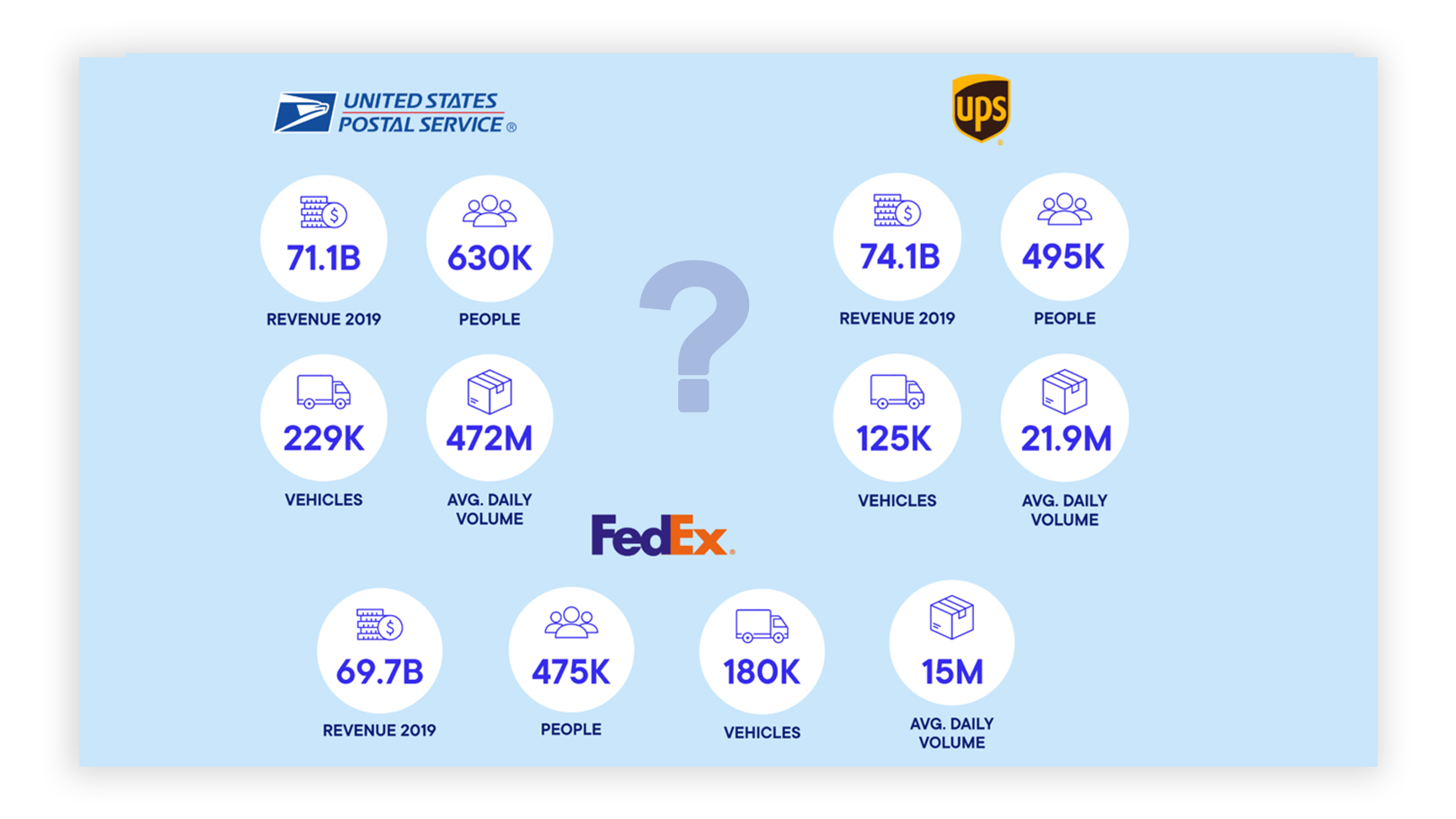
There are many types of shipping methods and choosing the right one can be tricky. Below are some of the most important factors to consider when setting up your shipping and delivery systems.
Shipping costs are a huge contributor to your bottom line, so choosing methods that are the most cost-effective is essential. However, there must be a careful balance between cost and efficiency because the cheapest channel isn’t always the one that makes your customers happy. Luckily with a tool like IntelliRate and its dynamic rate shopping solution, you get the best rate every time.
The length of time it takes for customers to receive their purchases is one of the biggest factors to consider. Your customers are certainly looking at delivery times when deciding to buy from you. That's why offering multiple channels to meet every customer’s expectations is essential. IntelliRate also helps calculate the most accurate delivery dates taking into consideration pick and pack times as well as other fulfillment necessities.
Not all carriers are created equal. You will need to consider how far your packages need to travel when choosing which carriers to use for each delivery. This way, you get the best price and delivery timeframe based on each order's requirements.
The size, shape, and components of products will often dictate how you ship them. Certain products require special considerations, especially if they are fragile, perishable, include potentially harmful substances, or are exceptionally large or heavy.
Some carriers offer free packing materials, while others do not. It’s also important to choose the right size and type of packaging materials to help alleviate unnecessary costs and avoid damages in transit.
Setting up the most cost-effective and efficient shipping systems means investigating the types of shipping methods and choosing the right third-party logistics company. The right combination of shipping method and carrier will determine your final cost and affect your customers’ overall satisfaction.
Every business has unique needs, sells different products, and delivers to various locations. And every carrier has different costs, discounts, and delivery areas. Let’s compare some of the most popular shipping methods, and then we will dive deeper into the details of the most popular carriers.
Offer your customers a choice of shipping methods for the best chance of creating a satisfying experience. Some of the most often-used methods are:
Your customers have unique needs when shopping online. Some will be willing to pay more for faster delivery, while others may have a budget that limits their choices. However, the bottom line is this – customers expect many types of shipping methods at an affordable price, and many expect free shipping to be on the table. That's why choosing the right carrier to meet those needs is essential.
The four most popular shipping carriers are the United States Postal Service, USPS, FedEx, and DHL. These four companies dominate the substantial percentage of deliveries around the globe. Let’s take a closer look at each and where they fit in the marketplace.

The United States Postal Service offers the most cost-effective route for local deliveries within the United States. Here are some of the advantages of going with USPS:

UPS offers a wide range of shipping destinations and delivery options, including domestic and international shipping. Here are some of the advantages of shipping with UPS:

FedEx has many of options when it comes to logistics companies, providing fast and secure overnight shipping. Here are some of the advantages of using FedEx:

DHL is an excellent choice, especially if you need international shipping. They are the largest logistics company in the world. Here are some of the advantages of shipping with DHL:
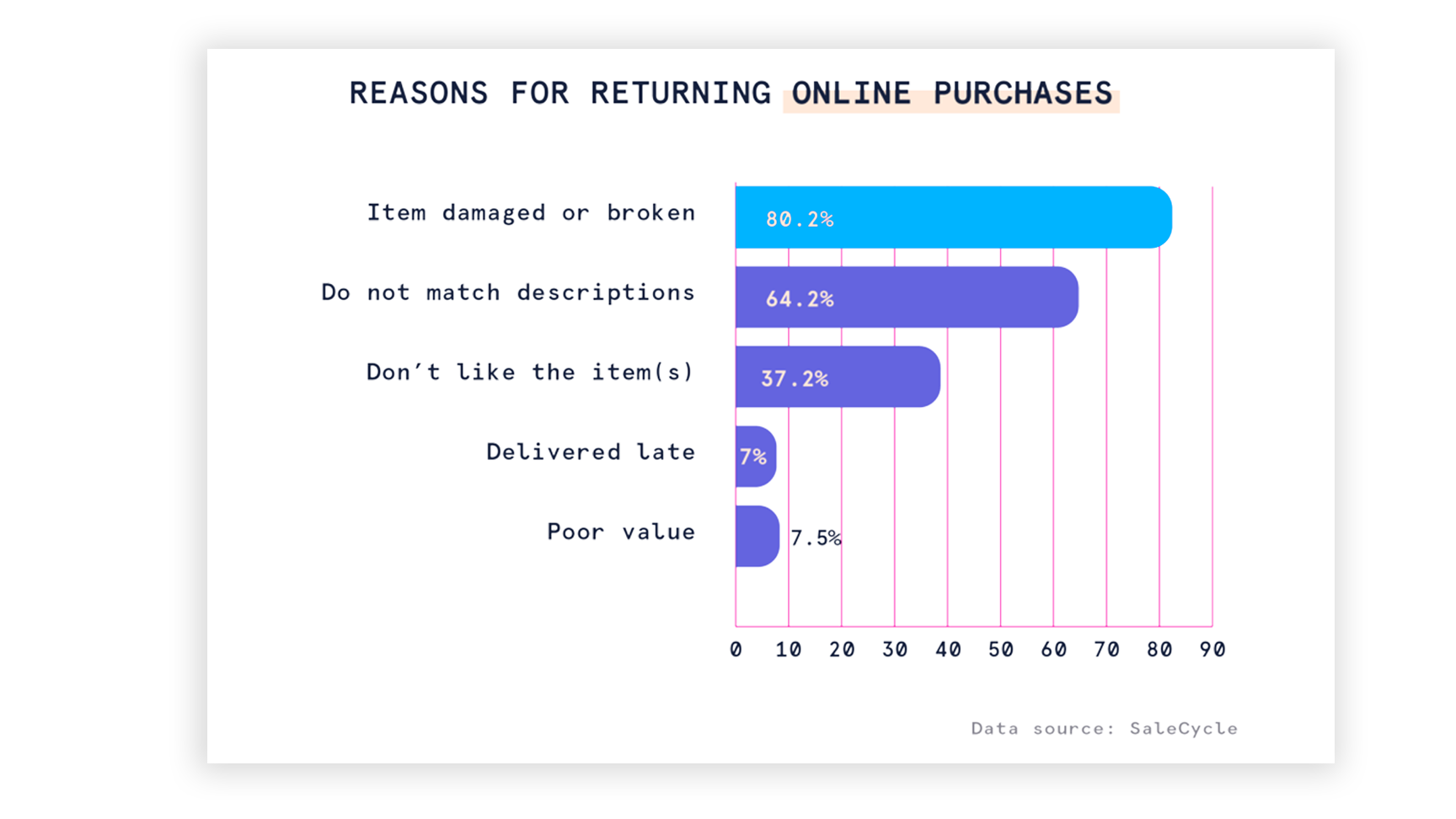
Processing returns costs businesses money. When your customers end up with damaged products regularly, it can be detrimental to your bottom line in more ways than just added costs.
Higher returns mean lower profit margins because there are numerous costs associated with the return process. The cost of a replacement item coupled with the reshipment of that item, the cost of handling damaged merchandise, and even the price of printing a return label all add up.
Read our latest blog 7 Most Effective Tips To Reduce Product Returns On Shopify.
A high percentage of items damaged on delivery could very well ruin your customers' experience forever. Unhappy customers mean losing repeat business, and could result in a negative reputation that affects your ability to gain new customers.
A few bad reviews could travel a long way online.
Consider several types of shipping methods, especially so when your business handles products that are considered fragile or perishable. There are ways that you can reduce your chances of sending damaged products to your customers.
Here are some tips on how to do it right.
Choose the right size box – A box that's too large for the item inside could cause the contents to shift in transit, resulting in damages. Choose a box that is slightly larger than the product to allow for packing materials.
Double-box fragile items – Fragile items can be double-boxed with packing materials in between to prevent damage during transit.
Packing materials – Fragile items will require an additional cushion, which might be specially cut pieces of foam, air pillows, or packing peanuts. Multiple-item shipments should be packed individually in the same box when possible.
Fragile labels – Including a fragile sticker on the outside of the box alerts shipping carriers that the package needs careful handling. Don’t be afraid to use multiple stickers so you’re sure to catch their attention.
Tilt or impact detectors – Although not exceptionally cost-effective, a tilt or impact detector can help with fragile items or items that must remain upright during shipping.
Express shipping – Express shipping is the best option for perishable items, like food. Faster delivery reduces the likelihood of the perishable items spoiling before they reach their destination.
Dry Ice – Dry ice helps keep frozen items cold during shipping. Be aware that items packed with dry ice fall under special regulations, including special labeling requirements.
Cold packs – There are many kinds of cold packs that you can include to keep perishable products cold during shipping, including gel packs and plastic or foam cold packs.

When considering types of shipping methods, you may also want to think about insurance.
Shipping insurance can come directly from a shipping carrier or from a third-party insurance company. The difference is that carriers offer coverage based on a declared value, while third-party insurance offers more options.
Why do you even need shipping insurance?
Consider that a 2019 survey found that 36% of people have experienced package theft. Shipping insurance provides peace of mind for you and your customers and helps protect you from damaged, lost, or stolen deliveries.
The type of insurance offered by carriers is based on the declared value of the products and filing a claim means dealing with the carrier company directly. Since every carrier has a different process for filing claims, this can quickly become time-consuming and frustrating.
On average, declared value insurance offers coverage up to $100 U.S. dollars for free. Deliveries with a value above this amount will need additional coverage.
Shipping carriers also often have a set amount of time you must wait before filing a claim, which allows the company to search for your lost delivery. This period is typically 7-10 days, which means completing a claim can take more than two weeks on some occasions.
Choosing third-party insurance means lower rates and more options, which is a distinct advantage for eCommerce retailers. This is especially true if you sell a wide variety of products or items above the $100 threshold offered for free from shipping carriers.
Using a third-party insurance company also provides the benefit of a more seamless and efficient claims process. Everything occurs through a single system, which means fewer headaches for you. Want to hear more about shipping protection? Schedule a demo with one of our shipping experts. Click here to find a time
There is an easy equation you can use to determine if the cost of shipping insurance is worth it for your eCommerce store. It goes like this:
# Of Shipments Lost/Damaged/Stolen
---------------------------------------------------- X Avg. Order Value > Avg. Insurance Cost Per Item
Total Number of Shipments
To break down this equation is simple. Take the number of shipments that are lost, damaged, or stolen and then divide that by your total number of shipments. Multiply that sum by your average order value to get the final cost of replacing lost shipments. If the final cost to replace those lost items is greater than the cost of insurance per item, then insurance is probably worth it.
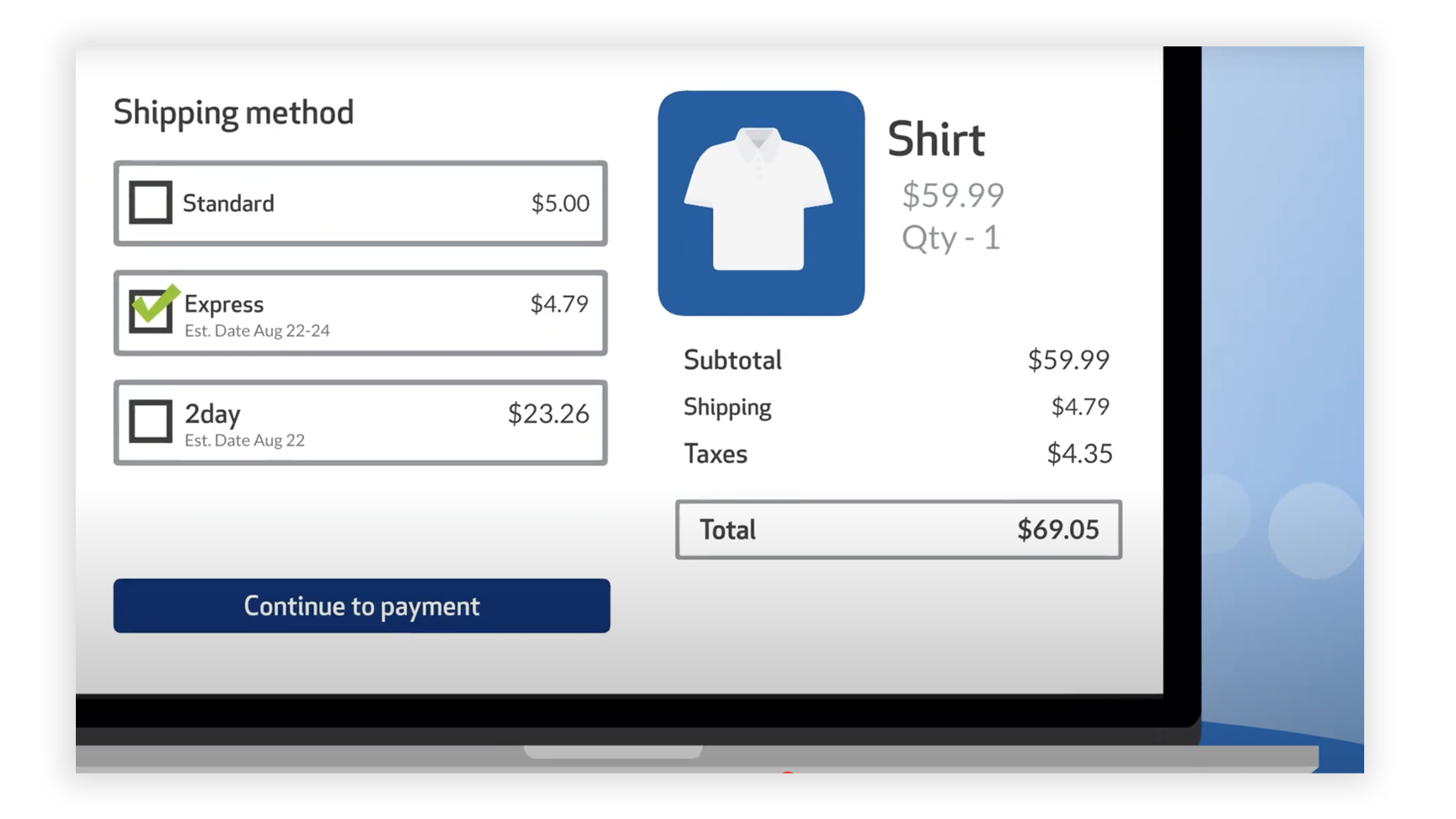
If this article has left you feeling overwhelmed with the prospect of sifting through types of shipping methods, carriers, insurance options, and more - you are not alone.
Setting up the most cost-effective and efficient shipping system means putting everything in the right place for the best result, which can sometimes feel out of reach for busy eCommerce store owners.
The good news is that you can implement an all-in-one software tool to help you manage the ins and outs of your shipping systems. Integrating everything into one platform that works together with your eCommerce site can take the stress out of the process. It also provides a clear picture of exactly how your system is working.
With a shipping tool, you can manage your shipments from one place, view the details of every delivery, manage cost measures, and compare carriers and shipping methods. And the best shipping tools provide transparent cost and delivery options for your customers, so there will be no surprises when they get to the final purchase screen.
The best shipping tool on the market for Shopify retailers is BUKU’s app IntelliRate. From an integrated menu of options, you can customize your shipping lanes, save money, and improve the customer experience.
Not to mention, you get the added benefit of seeing your profit margins laid out in front of you so you can optimize your shipping options for the best results.
IntelliRate Works With Hundreds of Shipping Carriers – For both domestic and international parcel delivery, IntelliRate offers your choice of hundreds of the world’s best shipping carriers.
Offer Optimized Rates for Every Zip code – IntelliRate allows you to search through various carriers to find the lowest rate based on your delivery destination.
Transparent Shipping Rates and Delivery Windows – IntelliRate tells your customer exactly what to expect and when to expect it, with transparent pricing displayed right on the checkout screen for the customer to see.
Connect Multiple Carriers to Each Shipping Lane – Keep your customers happy by giving them the lowest rate between multiple carrier options.
Offer Free Shipping – With easy access to final profit margins and optimized shipping choices based on location, you can offer customers free shipping without losing money.
Accessible Analytics – Make better decisions about your shipping systems by viewing live shipping data directly from the integrated dashboard. Review shipping KPIs, such as shipping profit, orders, revenue, and taxes and duties collected. Drill down into the details of your shipping process to get a better handle on how to cut costs, optimize systems, and turn shipping costs into earnings.
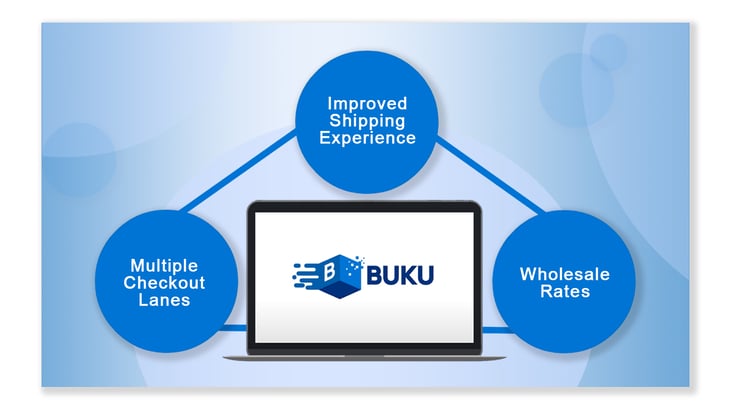
Ready to learn more about how IntelliRate can help your eCommerce business?
Just head over to their website and grab the plug-in for yourself!
It integrates directly into your Shopify store, it’s super easy to set up, and can help you get the most out of your shipping process.
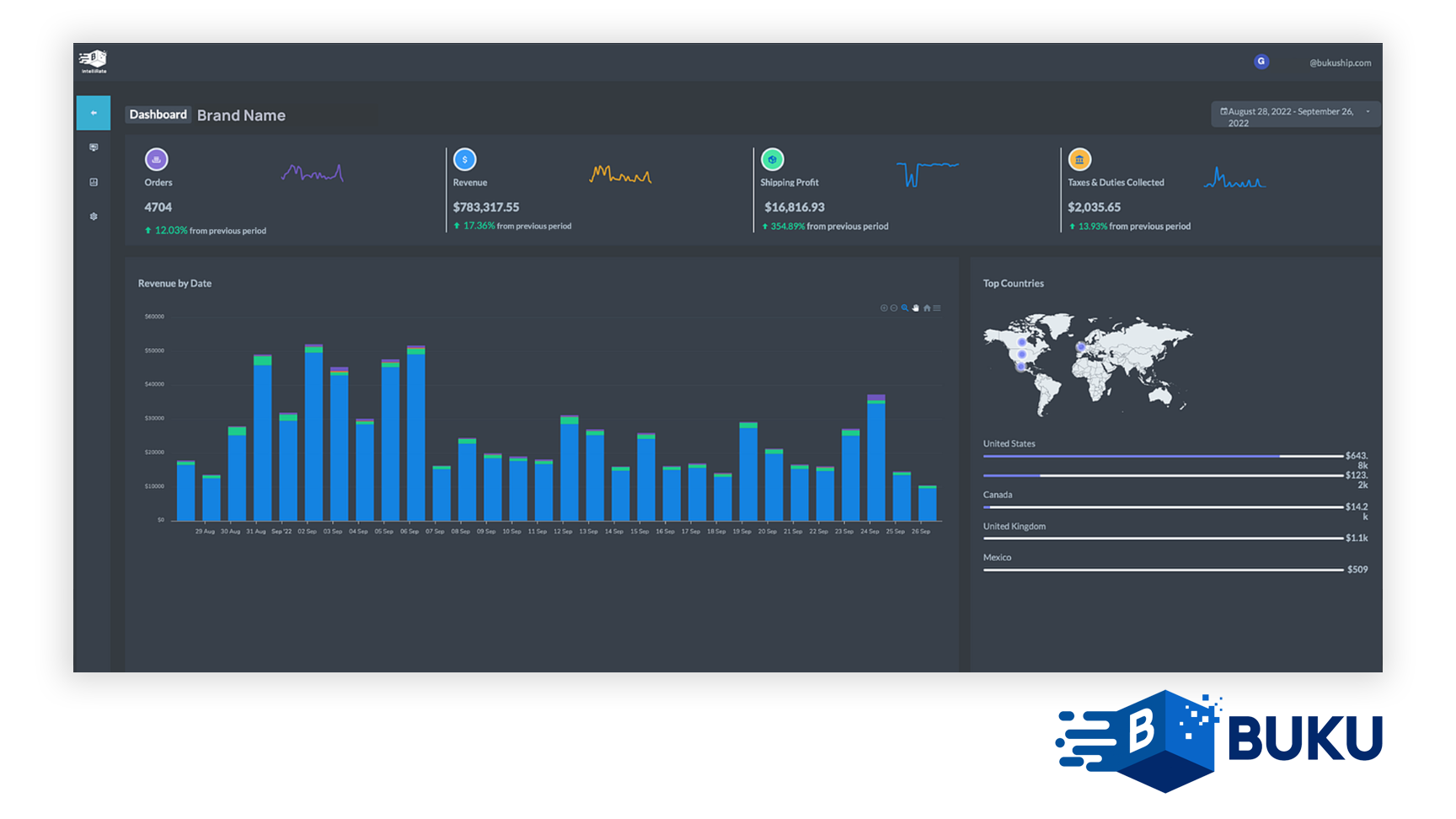
Shipping and delivery are some of the most important aspects of eCommerce, and they are certainly important to consumers. Aside from product offerings and price, shipping is the most critical component of a successful eCommerce business.
To find the best recipe for success, you must choose the right types of shipping methods and carriers. You should have the most effective tools in place to make the job easier, and should consider the following tips and strategies before deciding on a shipping process.
Offering free shipping has become a requirement for success, but customers are usually willing to do their part to get there. This might mean offering free shipping on purchases that meet a certain threshold, which persuades customers to spend more money.
Or you might offer free shipping in exchange for account sign-ups, which can help grow your customer base and earn repeat business. There are many ways to use free shipping to your advantage.
The distance products must travel to reach customers will affect your ability to provide fast delivery times at the right price. If you use a third-party company for shipping, you might choose to split your inventory across several locations to reduce the distance products must travel.
Local pickup is a great option if you have a physical retail location in conjunction with your online store. It saves you and your customer money on shipping and delivery and keeps them happy by allowing instant gratification.
85% of your customers expect up-front and honest shipping transparency. They want to know exactly what shipping will cost and when to expect delivery of their items. Using a tax and duty calculator like the one available through IntelliRate for international shipping helps with this very problem.
Your customers will appreciate the ability to track the delivery of their items, and you will be able to mitigate potential problems as soon as they arise.
With the right tools in place, you can easily view real-time shipping data and performance analytics to help you figure out what is working. Even more important, analytics will help you spot those components eating into your profit margins.
Choosing between different shipping methods is one of the most important decisions you will make when setting up your eCommerce business. Without the right shipping channels in place, you could lose money and customers – and those are two things you need to be successful in retail.
Every retailer is different, and you must carefully consider which options work best for your specific location, products, and customers. Offer lots of choices to keep your customers happy, but balance those offerings by examining which carriers and methods make the most sense for your business.
Implement the right tools and systems to help you manage shipping costs, reduce losses, and create happier customers. Keep track of how your systems are working so you can make improvements in the future.

A tool like BUKU's app IntelliRate will help you manage the ins and outs of your shipping process effectively and painlessly. With dynamic rate shopping, you give yourself and your customers added savings.
You can offer transparency and honesty with shipping rates and delivery windows. With IntelliRate, you can easily manage and optimize your shipping channels, increase revenue, turn more conversions, and create a more profitable shipping process, instead of having a logistics nightmare.

The supply chain is a term used to describe all the components required to transport goods from beginning to end, from production to the end...

A smart warehouse is a large building where raw materials and other consumer goods are stored using machines, computers, comprehensive software, and...
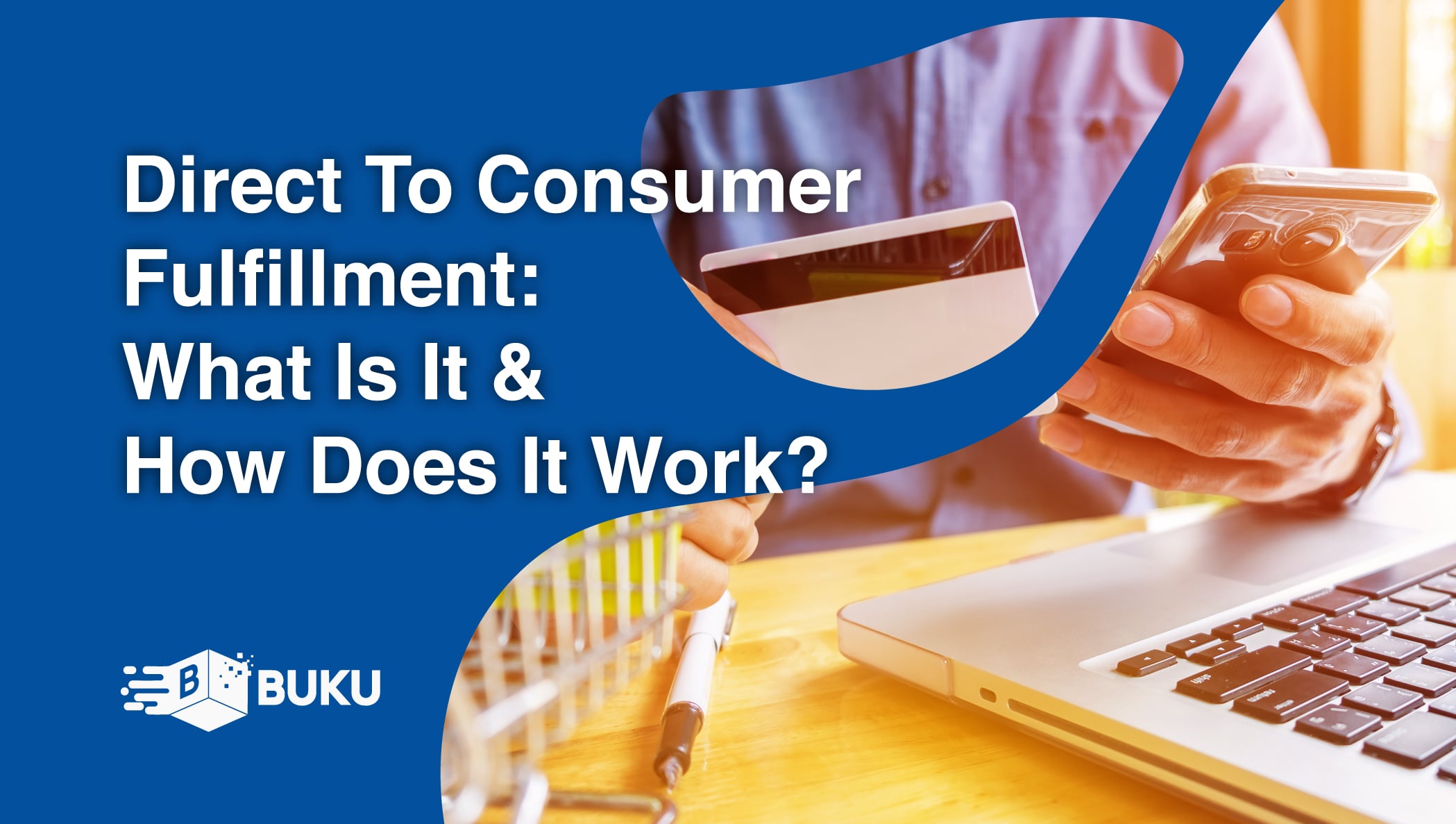
Direct-to-consumer (DTC) fulfillment is a strategy that helps brands sell and deliver their products directly to customers more efficiently while...